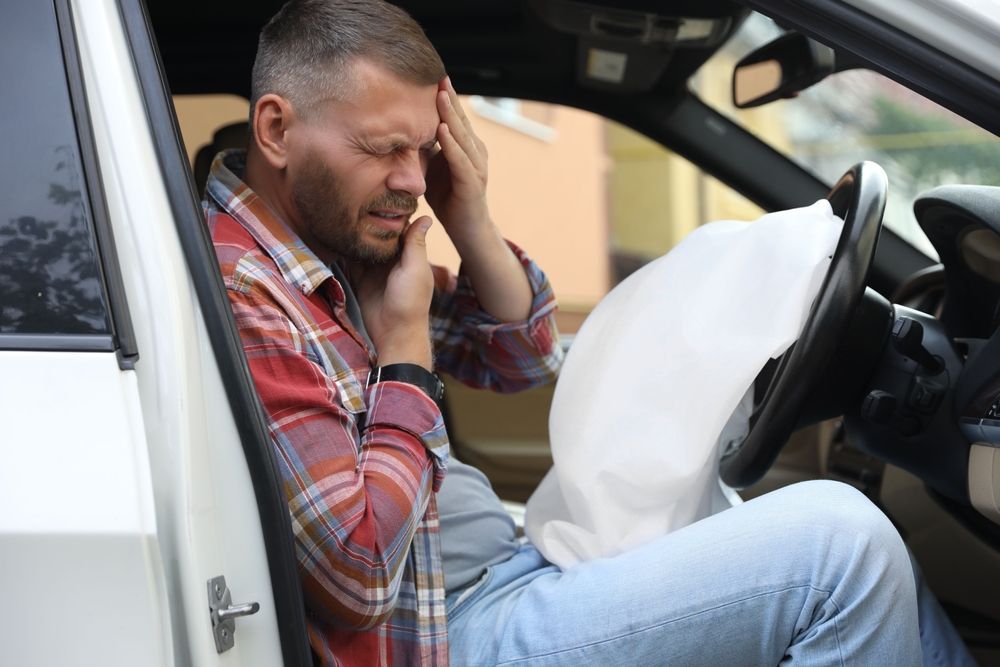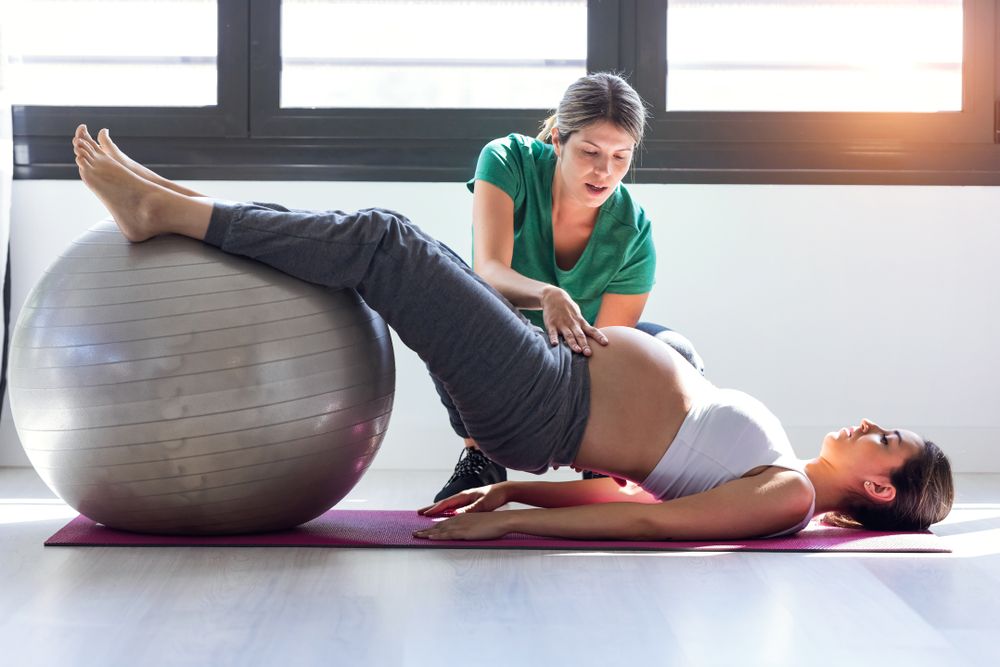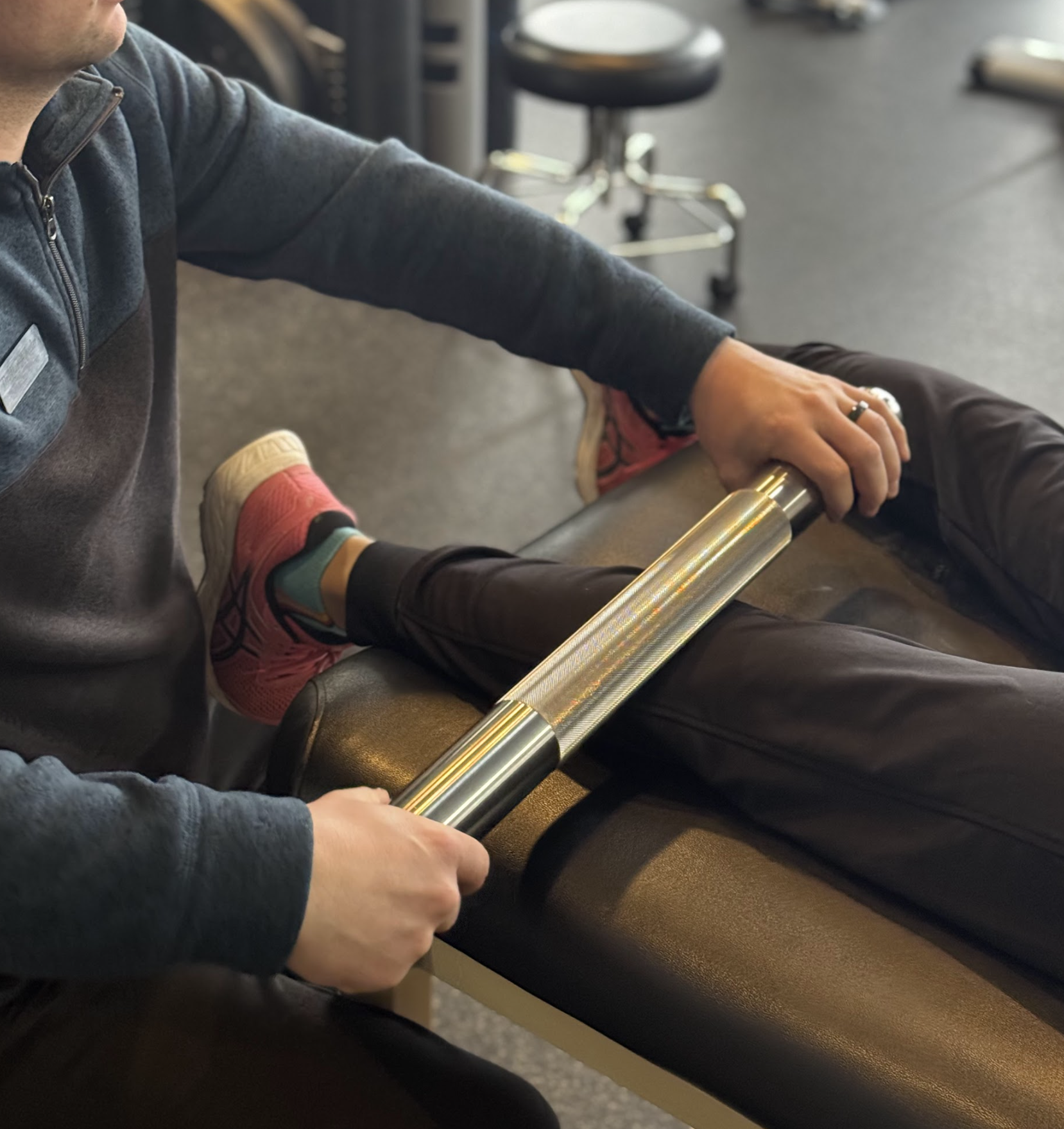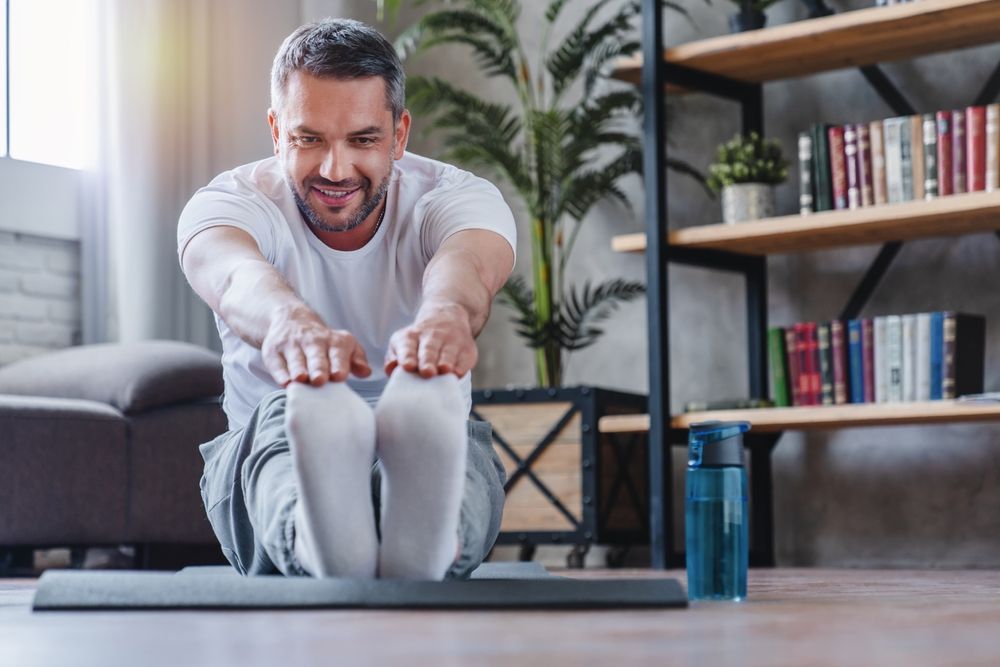Share this article:
Written by: Advanced Physical Medicine
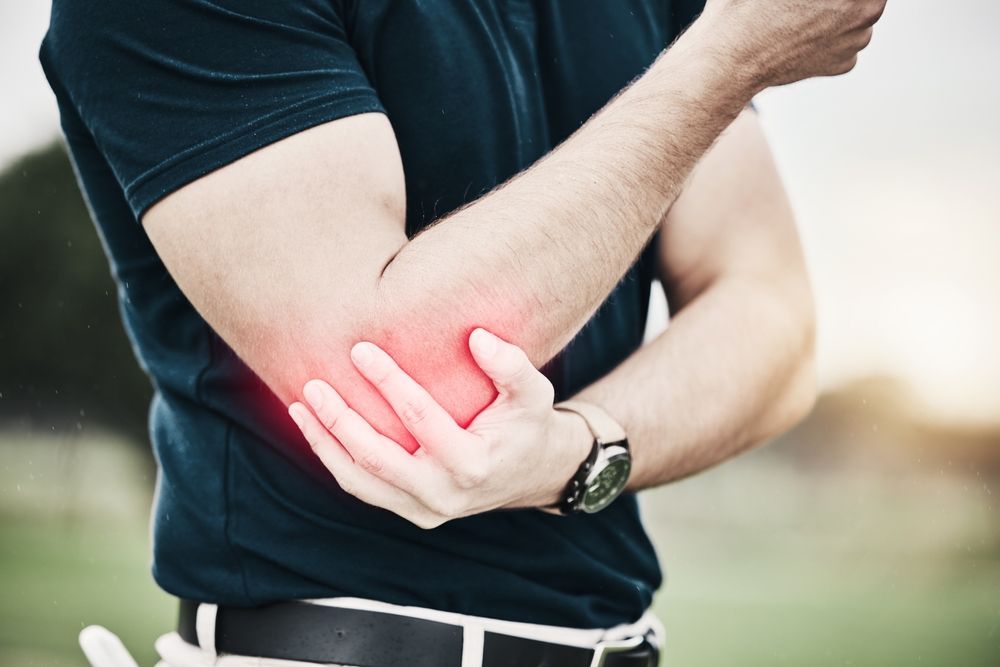
Considered to be a sport that is simultaneously relaxing and competitive, golf is enjoyed by millions of players around the world. While each course offers a distinct playing experience that keeps the sport engaging and entertaining, the repetitive swinging motion remains the same for each golfer — which can put them at risk of injury.
Medial epicondylitis, commonly referred to as golfer's elbow, is a common injury among avid golfers, and knowing which symptoms to watch out for and how to treat this condition can help you enjoy your favorite sport for many years to come.
What is Golfer’s Elbow?
Golfer's elbow is a condition in which the tendons between the wrist and the elbow are damaged due to the repeated swinging motions that golfers have to make while they are playing a round. It is also sometimes called baseball elbow or suitcase elbow.
What Causes Golfer's Elbow?
Golfer's elbow occurs when the wrist bends toward the palm with excessive force, which can inadvertently happen when swinging a golf club. According to Johns Hopkins Medicine, this condition can also occur when serving a tennis ball, carrying a suitcase, swinging a baseball bat, or using hand tools frequently. People with weak wrist and shoulder muscles are more prone to golfer's elbow.
Common Signs and Symptoms
People who are suffering from golfer's elbow often experience significant elbow and wrist pain that usually extends from the elbow down the wrist along the inside of the arm. Other signs and symptoms of golfer's elbow include:
- Tenderness along the inside of the forearm, even when not moving.
- Increased pain during certain movements, including while swinging a golf club.
- Elbow stiffness.
- Numbness or tingling sensations around the fingers.
- General weakness in the hands and wrists.
Can I Still Golf with Golfer's Elbow?
Most medical experts would recommend that you refrain from playing golf while you are experiencing the signs and symptoms of golfer's elbow because continued play could worsen the condition over time. If you have to play golf while you have golfer's elbow, you should ice your elbow in advance and use a brace while you play in order to decrease your discomfort.
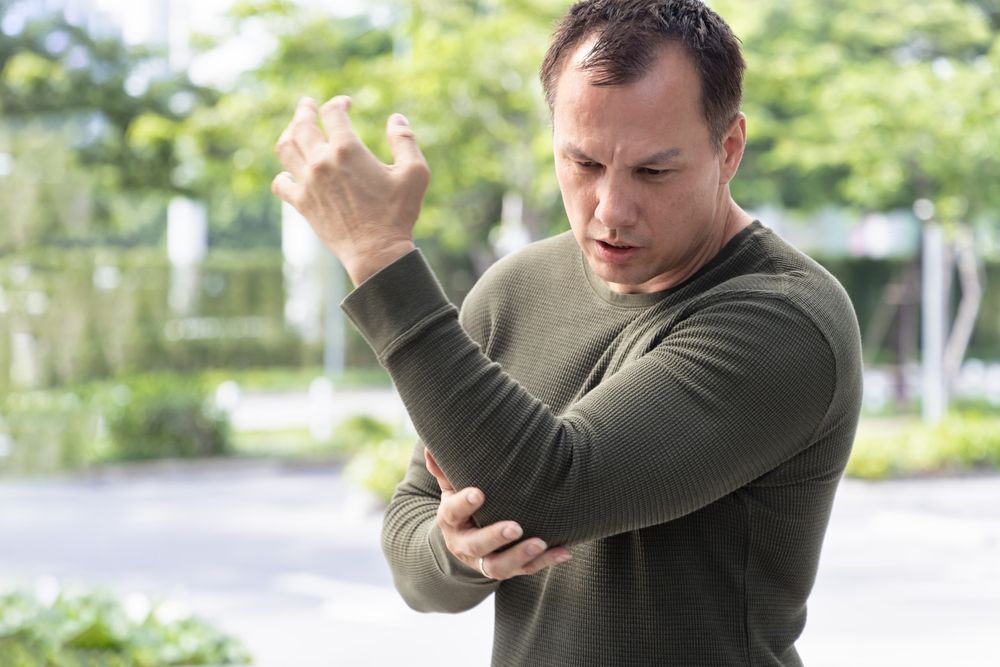
When to See a Specialist
If you feel that you might have golfer's elbow, it is best to see a sports rehabilitation physical therapist as soon as possible. You will want to make an appointment with a physical therapist if:
- Your elbow is hot to the touch.
- The area around your elbow is inflamed.
- You are running a fever.
- You can no longer bend your elbow.
- Your elbow appears as if it is broken.
By working with a specialist early on, you can reduce the severity of the condition and prevent complications from occurring further down the line. In addition, you can get back to playing golf as soon as possible.
Common Golfer's Elbow Treatments
Depending on the severity of your golfer's elbow and the amount of pain that you are in, you will find that there are several common golfer's elbow treatments to consider. You should work with a qualified and skilled sports rehabilitation specialist to ensure that you get the care you need to not only minimize your pain but also allow you to return to the golf course as soon as possible.
These are some of the top treatments for golfer's elbow:
Physical Therapy
Physical therapy is the leading treatment option for golfer's elbow. A physical therapist who specializes in sports rehabilitation will be able to create a comprehensive exercise plan that will help you restore your mobility and increase muscle strength while simultaneously reducing the pain associated with golfer's elbow. Physical therapy is designed to treat the root cause of the condition, not just minimize the pain, making it the best golfer's elbow treatment.
RICE Method (Rest, Ice, Compression, Elevation)
The RICE Method — which involves rest, ice, compression, and elevation — is an at-home treatment option that you can use if you are experiencing mild golfer's elbow. If you are experiencing pain from your elbow to your wrist after a game of golf, you will want to take a break from playing for a while. While you are resting, apply ice and use compression while keeping your elbow elevated to reduce pain and swelling naturally.
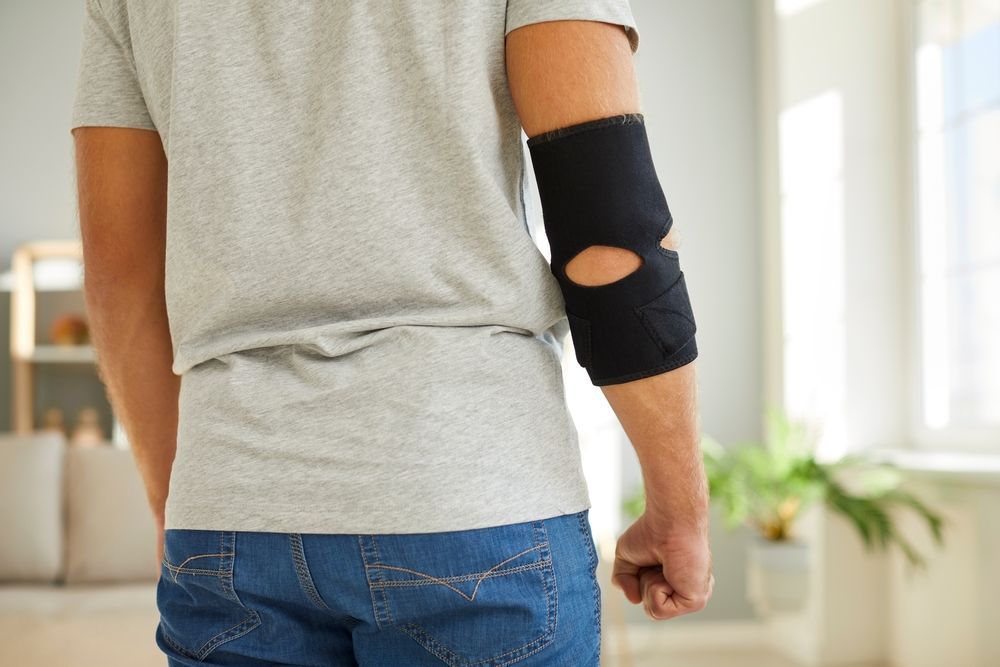
Wear a Brace
If you need to continue to play golf while experiencing golfer's elbow, you should consider wearing a brace. A brace will provide you with additional support as well as help to reduce the swelling, ultimately protecting your elbow and preventing further injury or complications.
Ways to Avoid Golfer's Elbow
You can avoid golfer's elbow by:
- Stretching your arms, wrists, and shoulders before playing golf. Weak muscles can quickly lead to golfer's elbow, so this is one of the best ways to protect yourself.
- Prioritizing your golf form. Poor form can lead to a wide range of injuries, especially golfer's elbow. A golf coach, instructor, caddy, or experienced player may be able to help you fix your form.
- Invest in the equipment that is right for your body type and swing. Using the right clubs can help with more than just your swing — the correct equipment can actually protect your body from injury.
- Rest if you need to. There's nothing wrong with taking it slow between holes.
Looking for a Quick Golfers Elbow Cure? Schedule an Appointment at Advanced Physical Medicine
At Advanced Physical Medicine, we pride ourselves on the fact that we offer comprehensive physical therapy services. We work with our patients to develop personalized treatment plans that not only reduce their pain but also restore their mobility. Our licensed physical therapists specialize in golfer's elbow treatment, and we can develop a plan that gets you back on the course as soon as possible.
Request an appointment today, and learn more about the best golfer’s elbow cure for you.
Connect with Us:





